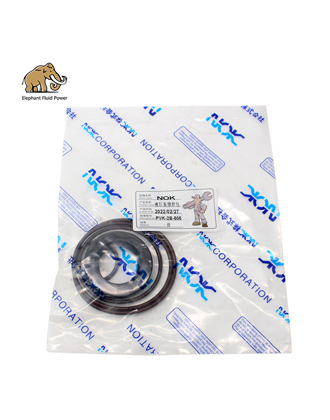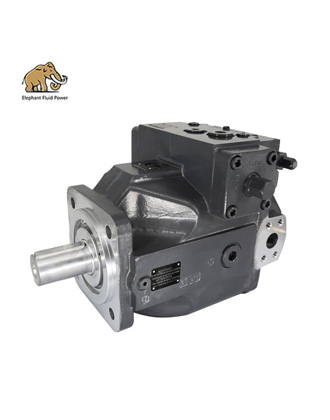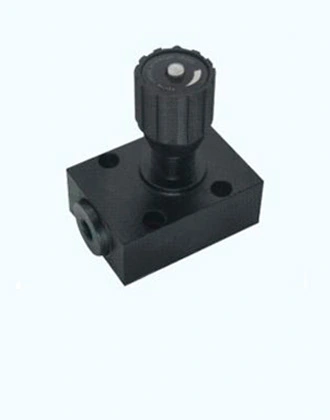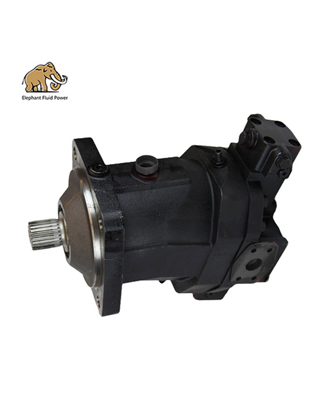Gear pumps are essential components in many industrial applications, as they help to move fluid efficiently from one place to another. However, like any mechanical device, gear pumps require proper installation and maintenance to ensure they operate effectively and have a long lifespan. One crucial aspect of gear pump maintenance is taking care of the gear pump bearings. In this blog, we will discuss how to properly install and maintain gear pump bearings to ensure optimal performance and prevent premature failure.
Understanding Gear Pump Bearings
Gear pump bearings play a critical role in supporting the rotating elements of the pump and ensuring smooth operation. They help to reduce friction between moving parts, absorb radial and axial loads, and maintain proper alignment. Over time, gear pump bearings can wear out due to continuous use, high temperatures, contamination, and improper lubrication. It is essential to monitor the condition of the bearings regularly and address any issues promptly to prevent costly repairs and downtimes.
Proper Installation of Gear Pump Bearings
When installing gear pump bearings, it is essential to follow the manufacturer's recommendations and specifications. Start by cleaning the bearing housing and shaft to remove any dirt, debris, or old grease. Apply a thin layer of lubricant to the bearing surfaces to facilitate smooth movement. Carefully slide the bearings onto the shaft and ensure they are securely seated in the housing. Use the appropriate tools and techniques to prevent any damage to the bearings during the installation process.
Regular Maintenance of Gear Pump Bearings
To prolong the life of gear pump bearings, regular maintenance is essential. Perform periodic inspections to check for signs of wear, misalignment, or contamination. Listen for unusual noises, vibrations, or overheating, which could indicate bearing problems. Keep the bearings properly lubricated using the recommended grease or oil to reduce friction and prevent premature wear. In case of any issues, consult with a professional technician to diagnose and address the problem promptly.
Common Issues and Solutions for Gear Pump Bearings
Several common issues can affect gear pump bearings, such as insufficient lubrication, contamination, misalignment, and overloading. Insufficient lubrication can lead to increased friction, overheating, and premature wear of the bearings. Contamination from dirt, debris, or water can cause corrosion, pitting, and reduced bearing lifespan. Misalignment due to improper installation or shaft deflection can result in uneven loading and premature failure of the bearings. Overloading the gear pump can exceed the bearing's capacity and lead to catastrophic failure.
To address these issues, it is crucial to follow proper maintenance procedures, including regular lubrication, cleaning, and inspections. Keep the bearings protected from contamination by using appropriate seals and covers. Ensure proper alignment of the pump components to distribute the load evenly and prevent premature wear. Avoid overloading the pump by operating within the recommended limits and monitoring the system for any signs of excessive stress or strain.
In conclusion, gear pump bearings are critical components that require proper installation and maintenance to ensure optimal performance and longevity. By understanding the role of gear pump bearings, following the manufacturer's instructions, and implementing regular maintenance practices, you can prevent premature failure and costly repairs. If you encounter any issues with your gear pump bearings, consult with a professional technician to diagnose and address the problem promptly. By taking care of your gear pump bearings, you can maximize the efficiency and reliability of your industrial applications.
 French
French
 Portuguese
Portuguese
 Russian
Russian
 German
German
 Spanish
Spanish
 Japanese
Japanese
 Korean
Korean
 Irish
Irish
 Greek
Greek
 Turkish
Turkish
 Italian
Italian
 Danish
Danish
 Romanian
Romanian
 Indonesian
Indonesian
 Czech
Czech
 Afrikaans
Afrikaans
 Swedish
Swedish
 Polish
Polish
 Basque
Basque
 Catalan
Catalan
 Esperanto
Esperanto
 Hindi
Hindi
 Lao
Lao
 Albanian
Albanian
 Amharic
Amharic
 Armenian
Armenian
 Azerbaijani
Azerbaijani
 Belarusian
Belarusian
 Bengali
Bengali
 Bosnian
Bosnian
 Bulgarian
Bulgarian
 Cebuano
Cebuano
 Chichewa
Chichewa
 Corsican
Corsican
 Croatian
Croatian
 Dutch
Dutch
 Estonian
Estonian
 Filipino
Filipino
 Finnish
Finnish
 Frisian
Frisian
 Galician
Galician
 Georgian
Georgian
 Gujarati
Gujarati
 Haitian
Haitian
 Hausa
Hausa
 Hawaiian
Hawaiian
 Hebrew
Hebrew
 Hmong
Hmong
 Hungarian
Hungarian
 Icelandic
Icelandic
 Igbo
Igbo
 Javanese
Javanese
 Kannada
Kannada
 Kazakh
Kazakh
 Khmer
Khmer
 Kurdish
Kurdish
 Kyrgyz
Kyrgyz
 Latin
Latin
 Latvian
Latvian
 Lithuanian
Lithuanian
 Luxembourg
Luxembourg
 Macedoniar
Macedoniar
 Malagasy
Malagasy
 Malay
Malay
 Malayalam
Malayalam
 Maltese
Maltese
 Maori
Maori
 Marathi
Marathi
 Mongolian
Mongolian
 Burmese
Burmese
 Nepali
Nepali
 Norwegian
Norwegian
 Pashto
Pashto
 Persian
Persian
 Punjabi
Punjabi
 Serbian
Serbian
 Sesotho
Sesotho
 Sinhala
Sinhala
 Slovak
Slovak
 Slovenian
Slovenian
 Somali
Somali
 Samoan
Samoan
 Scots Gaelic
Scots Gaelic
 Shona
Shona
 Sindhi
Sindhi
 Sundanese
Sundanese
 Swahili
Swahili
 Tajik
Tajik
 Tamil
Tamil
 Telugu
Telugu
 Thai
Thai
 Ukrainian
Ukrainian
 Urdu
Urdu
 Uzbek
Uzbek
 Vietnamese
Vietnamese
 Welsh
Welsh
 Xhosa
Xhosa
 Yiddish
Yiddish
 Yoruba
Yoruba
 Zulu
Zulu







